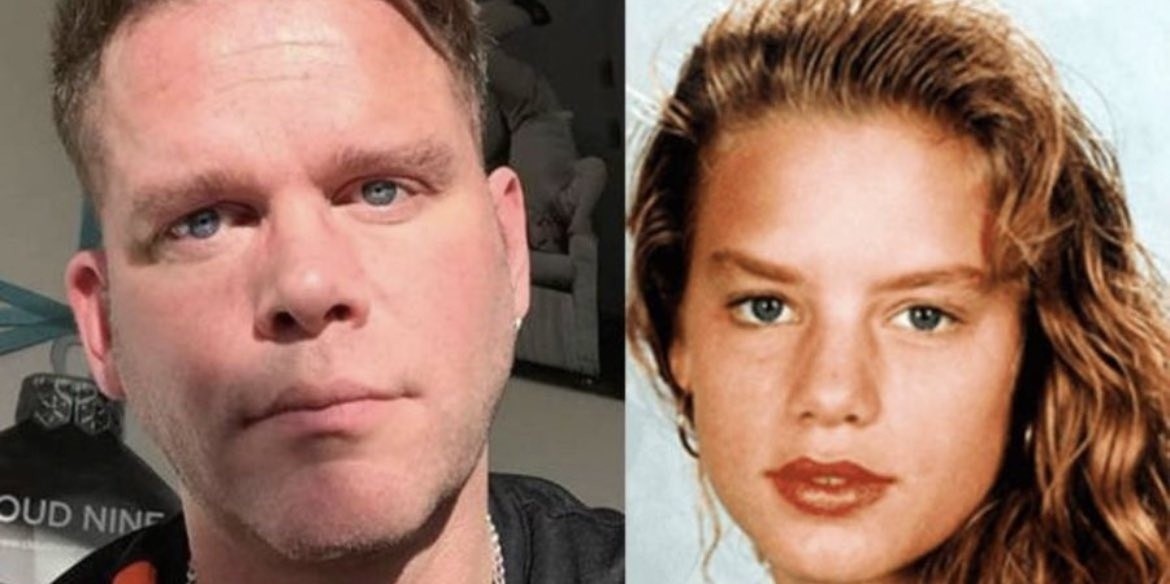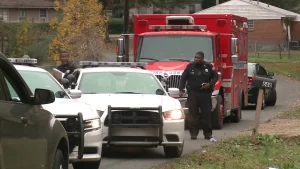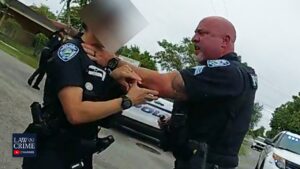In 2011, a startling development unfolded in the unsolved murder case of Nicole van den Hurk, a tragedy that had remained shrouded in mystery for 25 years. Nicole’s stepbrother made a shocking false confession to her murder, a desperate attempt to ensure that her body would be exhumed for DNA testing. This unexpected twist marked a crucial turning point in a case that had eluded resolution for more than two decades.
Nicole van den Hurk’s murder had haunted investigators since the crime occurred, with the lack of substantial leads and the passage of time creating an air of frustration and despair. However, the sudden confession by her stepbrother injected new life into the investigation, albeit with a disturbing twist of deception.
The motive behind the false confession was rooted in a strategic gamble—the hope that DNA testing on Nicole’s exhumed remains would yield inconclusive results or perhaps even exclude him as a suspect. This calculated move to divert attention and mislead investigators momentarily clouded the pursuit of justice.
In the aftermath of the false confession, the focus shifted towards obtaining and analyzing DNA evidence from Nicole’s remains and the crime scene. This scientific approach, made possible by advancements in forensic technology, played a pivotal role in unravelling the truth behind the heinous crime.
January 2014 marked a breakthrough moment when DNA analysis led to the identification and subsequent arrest of a man linked to Nicole van den Hurk’s murder. The revelation of a new suspect, unburdened by the complexities of false confessions, brought a sense of closure to a case that had long perplexed both law enforcement and the community.
Legal proceedings ensued, and the individual arrested in connection with Nicole’s murder faced trial for the crimes committed 25 years earlier. The weight of DNA evidence, coupled with a comprehensive investigative effort, contributed to a successful prosecution. Subsequently, justice was served as the perpetrator was sentenced for the heinous act that had haunted Nicole’s memory for a quarter of a century.
The resolution of Nicole van den Hurk’s case serves as a testament to the power of forensic science in unearthing the truth and delivering justice even in cases that have lingered in the shadows for an extended period. The false confession, though a dark and deceptive detour, inadvertently played a role in reinvigorating the pursuit of justice.
This saga highlights the resilience of those dedicated to solving cold cases and the evolving role of technology in bringing closure to long-standing mysteries. While the circumstances surrounding Nicole’s murder were tragic, the ultimate resolution of the case provides solace to her family and serves as a reminder of the persistence required to seek justice, no matter the passage of time.





